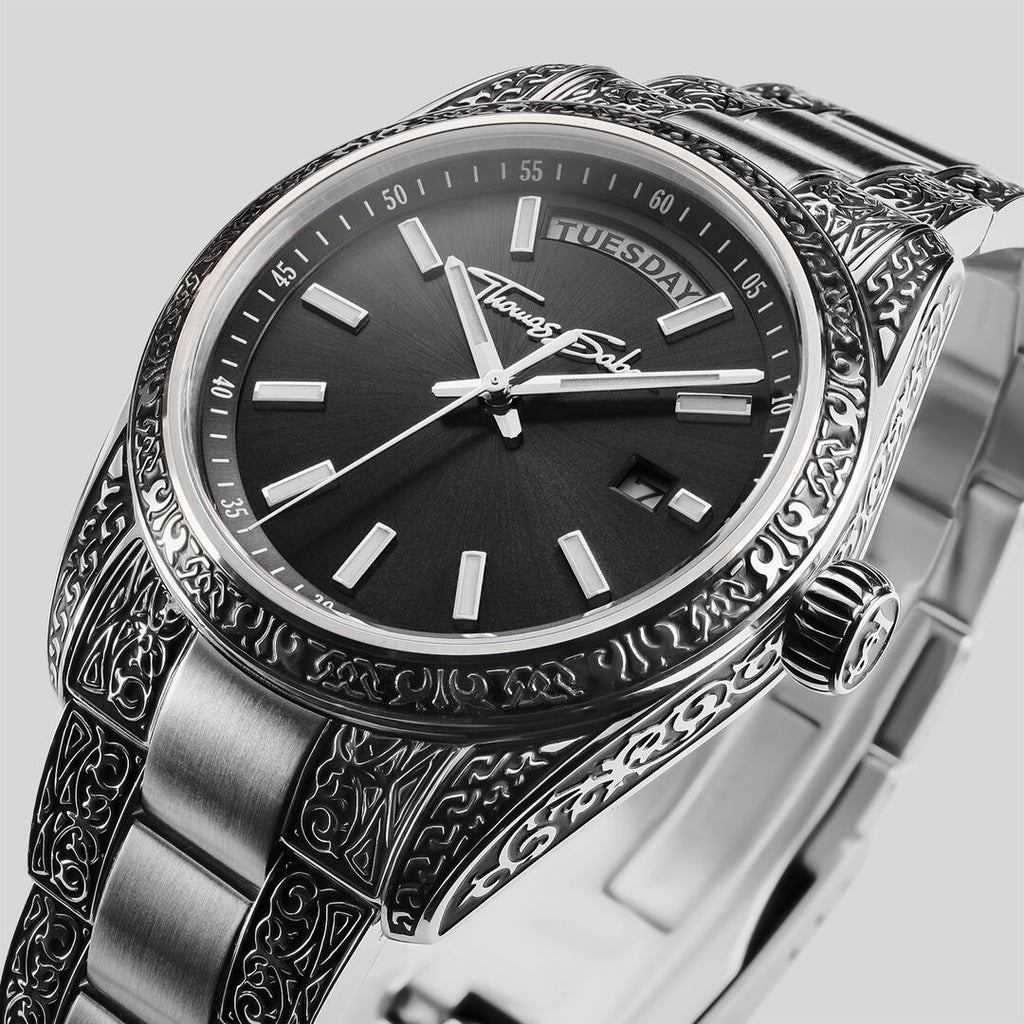Inspiration - Nazar's Eye
Free express shipping for orders over $149
Buy now pay later with Afterpay or Zip
30-day returns
Includes free jewellery packaging
100% original from the manufacturer
Nazar's Evil Eye
The evil eye is a curse or legend believed to be cast by a malevolent glare and usually given to a person when they are unaware. Many cultures believe that receiving the evil eye will cause misfortune or injury, while others believe it to be a kind of supernatural force that casts or reflects an evil gaze back-upon those who wish harm upon others. Jewellery or amulets created to protect against the evil eye are also frequently called "evil eyes".
The idea expressed by the Nazar's Evil Eye in many different cultures is said to pursue protective measures against harm from the curse. The concept and its significance vary widely among different cultures, but it is especially prominent in the Mediterranean and West Asia. Nazar's Evil Eye also appears multiple times in Jewish rabbinic literature. It was a widely extended belief among many Mediterranean and Asian tribes and cultures. Charms and jewellery with eye-like symbols known as Nazars, which are used to repel the evil eye, are a common sight across many countries including Portugal, Brazil, Armenia, Azerbaijan, Albania, Algeria, Tunisia, Lebanon, Turkey, Greece, Israel, Egypt, Jordan, Saudi Arabia, Bangladesh, Iran, Iraq, Italy, Nepal, Pakistan, parts of North India, Morocco, southern Spain, Malta, Romania, the Balkans, the Levant, Afghanistan, Syria, and Bahrain. Nazar's eye has become a popular choice of souvenir with tourists in many of these countries.
Other popular amulets and jewellery used to ward off the evil eye include the hamsa, while Italy (especially Southern Italy) employs a variety of other unique charms and gestures to defend against the evil eye, including the cornicello, the cimaruta, and the sign of the horns.








